A creepy crocodile and glacial 'guts' among stunning winners from nature photography competition
From underwater wonders to spectacular landscapes, here are the winners from the 2022 World Nature Photography Awards.
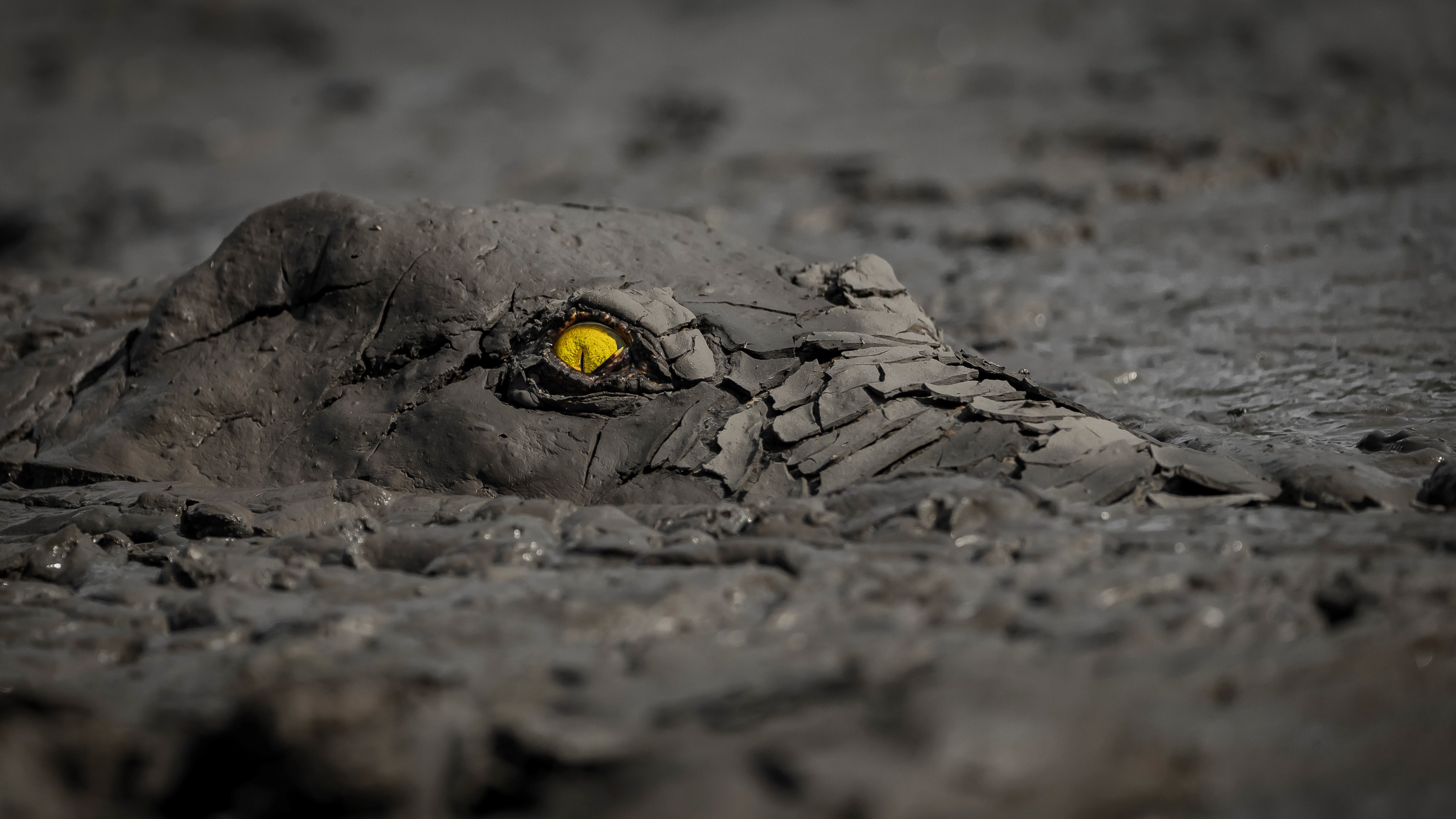
A creepy portrait of a crocodile keeping a watchful, yellow eye from a mud pool is the grand prize winner of the 2022 World Nature Photography Awards (WNPA), which honored the most evocative shots from thousands of entries in a variety of categories. The photo was taken in Zimbabwe by Jens Cullmann of Germany, who won the award for World Nature Photographer of the Year and scooped top prize for Animal portraits..
"This photograph is the result of my staking out the largest pool in Mana Pools National Park, Zimbabwe, at a time when an extended drought had reduced the pool to rapidly-drying mud," Cullmann told the WNPA. "I had to be very careful not to disturb the crocodile, even though it was buried in dry mud. They will launch themselves with tremendous speed and power at any animal foolish enough to come too close."
From underwater wonders to spectacular landscapes, here are the 2022 winners in each category.
Related: Best wildlife photography cameras 2023
Behavior - Amphibians and reptiles
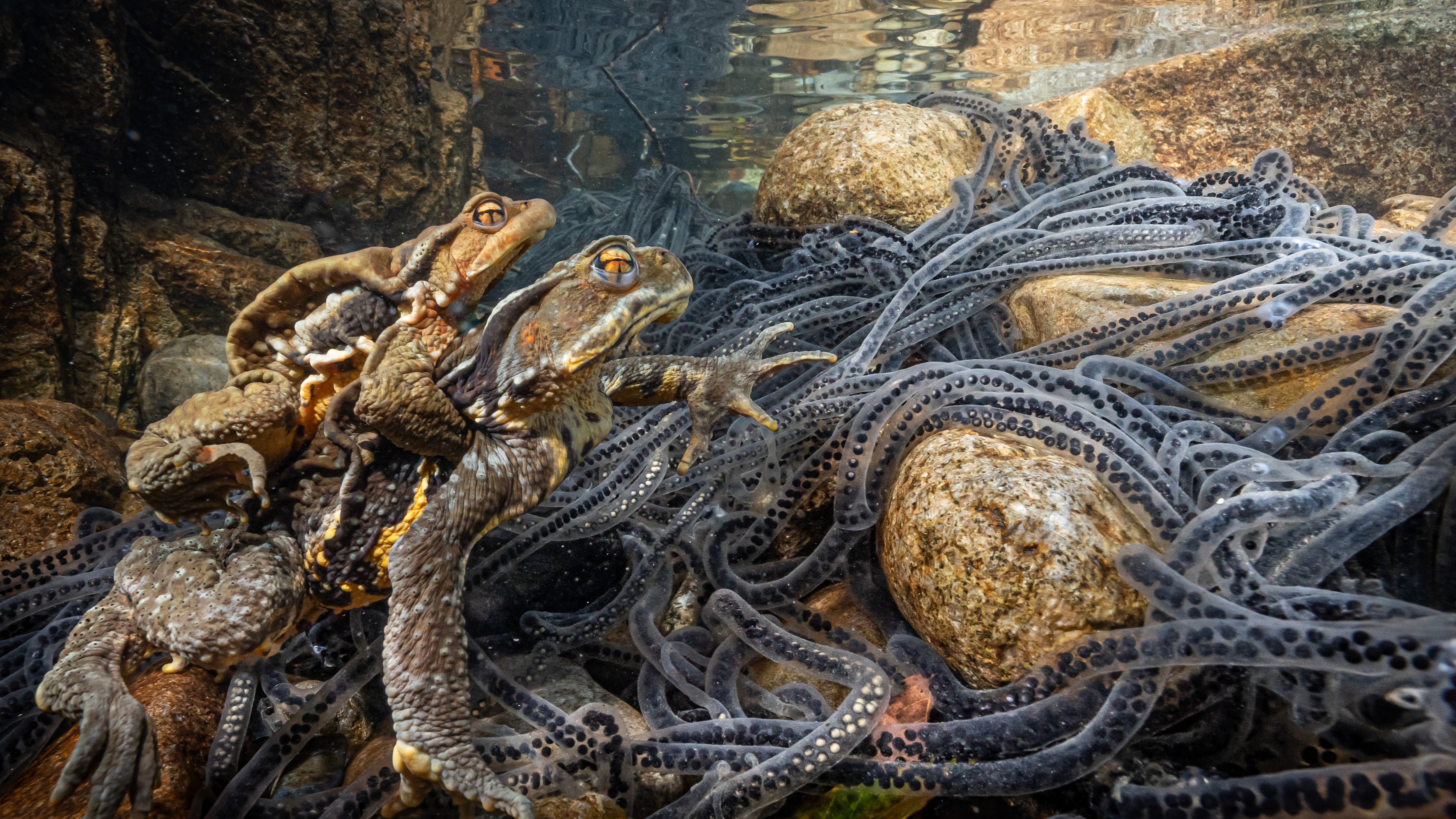
Norihiro Ikuma of Japan captured this otherworldly scene of two Japanese stream toads (Bufo torrenticola), also known as Honshū toads, looking over long strings of toad eggs as one toad rides on the other's back. These animals are endemic to Japan and only come down from the mountains of Owase in Mie to the river when it is time to spawn.
Behavior - Birds
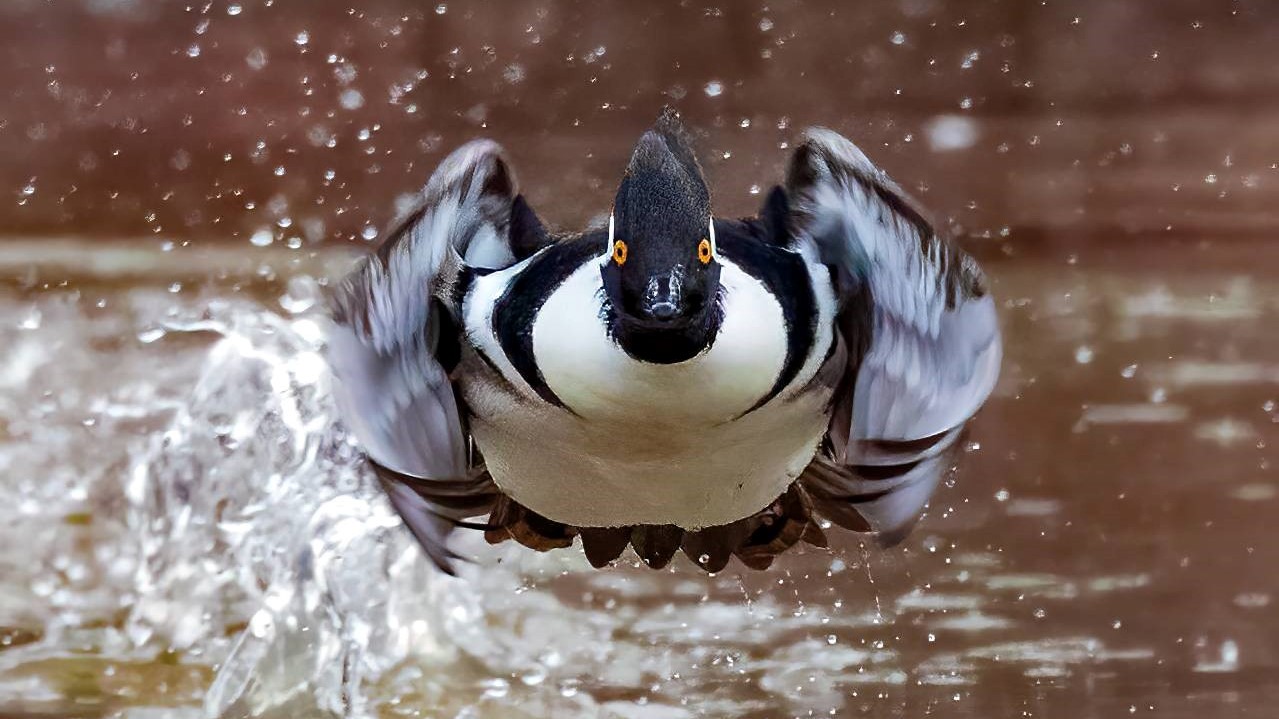
This male hooded merganser (Lophodytes cucullatus) is heading straight for the camera lens, where photographer Charles Schmidt was patiently waiting for the bird to take off in Huntley Meadows Park, Virginia. "Ducks will often begin swimming more quickly when they are preparing to fly," Schmidt told the WNPA. "I saw that they began to swim more quickly and thus was prepared to catch them taking off. I was lucky that they headed directly towards me!"
Behavior - Invertebrates

This red crab (Grapsus adscensionis) was photographed by Javier Herranz Casellas on La Gomera, in Spain's Canary Islands, just as a wave hit the rock where it was perched. The crab was looking for small crustaceans and plants to feed on when a thin veil of water streamed over its back, giving it a distinct Spider-Man-like appearance.
Sign up for the Live Science daily newsletter now
Get the world’s most fascinating discoveries delivered straight to your inbox.
Behavior - Mammals
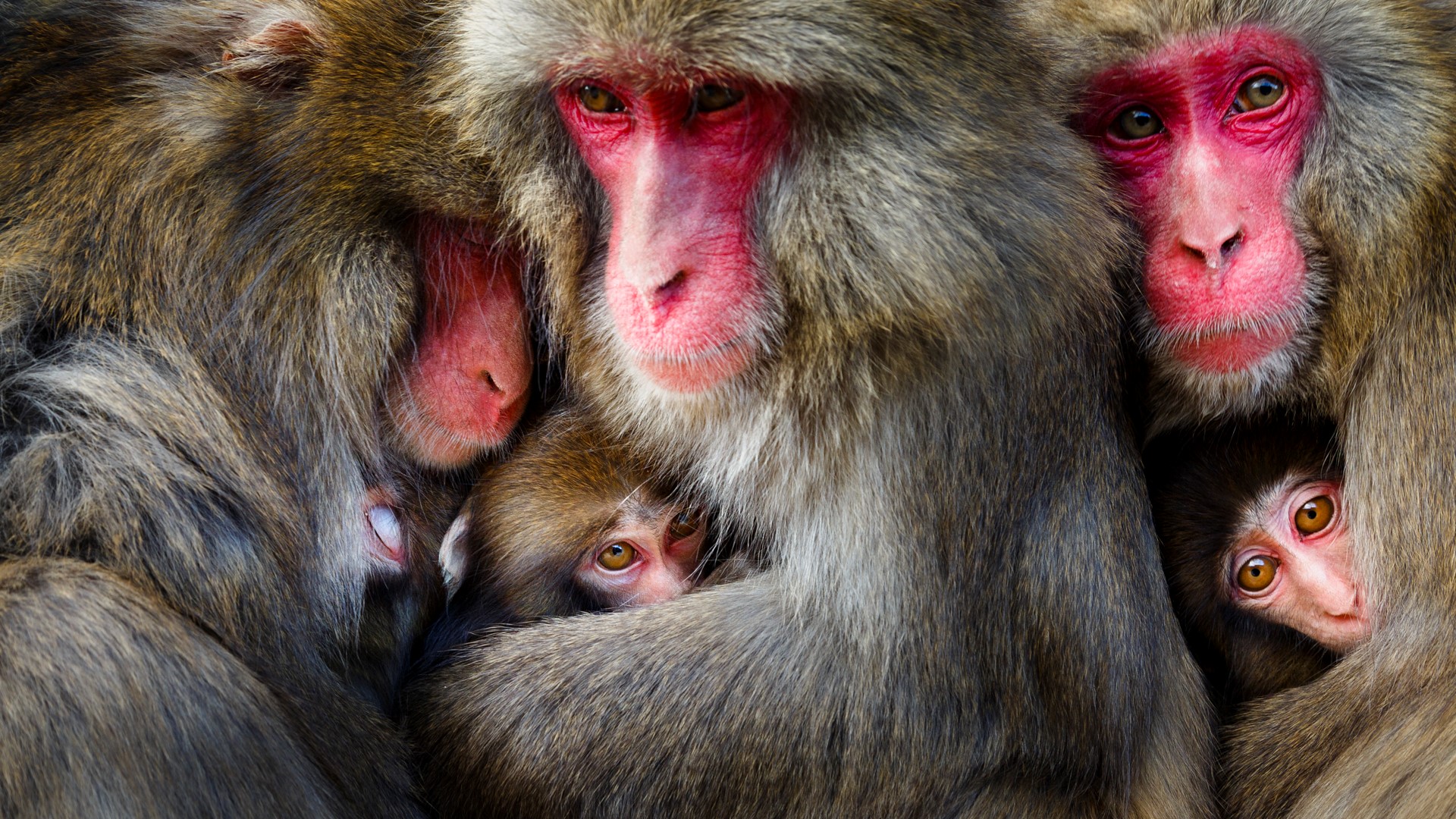
Hidetoshi Ogata photographed a rarely seen behavior of six Japanese macaques (Macaca fuscata) cozying up in a huddle during the lactation season on Japan's Awaji Island. It takes just one embrace between a mother and her baby to entice other female and male monkeys to join a huddle, which can sometimes include more than 30 individuals and is thought to encourage grooming and cuddling behavior.
Animals in their habitat
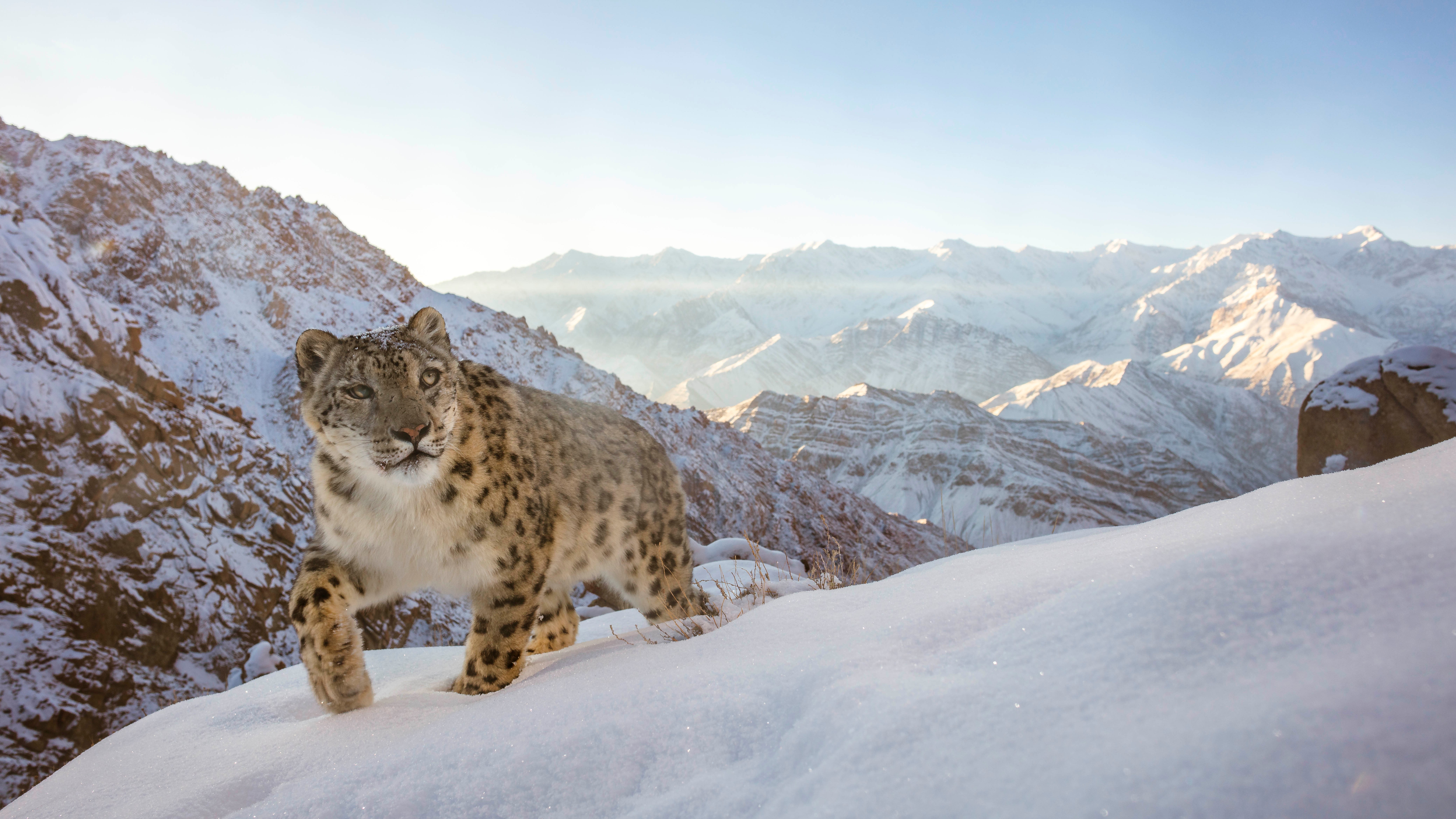
Sascha Fonseca, from the United Arab Emirates, set up a camera trap on the snowy peaks of the Indian Himalayas to snap this rare picture of a snow leopard (Panthera uncia). "I captured this image during a 3-year DSLR [digital-single-lens reflex] camera trap project in the Ladakh region of northern India," Fonseca told the WNPA. "The mystery surrounding the snow leopard always fascinated me. They are some of the most difficult large cats to photograph in the wild. Not only because of their incredible stealth, but also because of the remote environment they live in."
Black and white
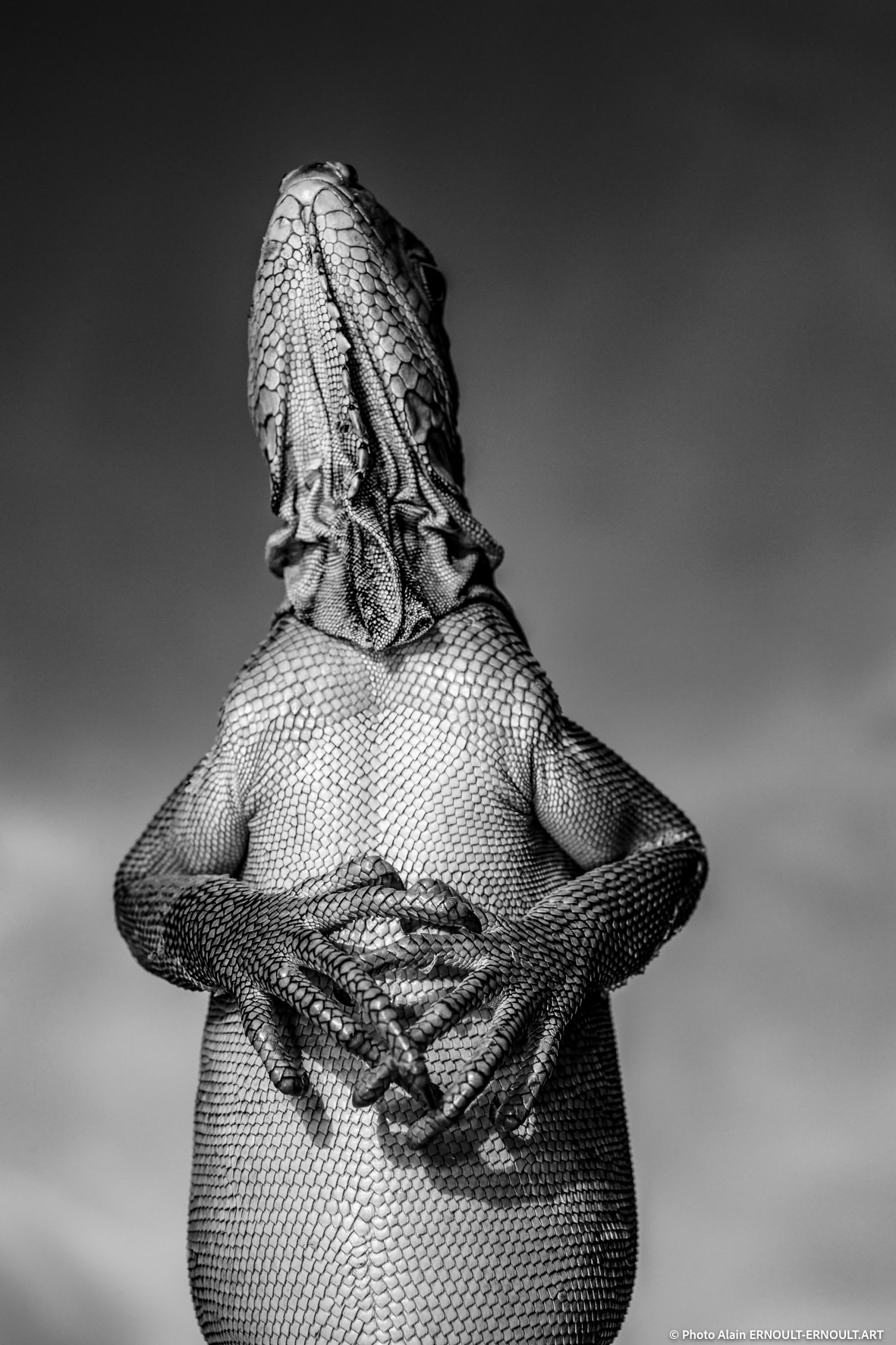
Ernoult Alain of France photographed this Lesser Antillean iguana (Iguana delicatissima), which looks like it's rubbing its tummy after a big meal, on the Caribbean island of Grenada. The image captures, in stunning detail, the scales and folds of this endemic lizard's skin as the animal stretches its neck.
Nature art
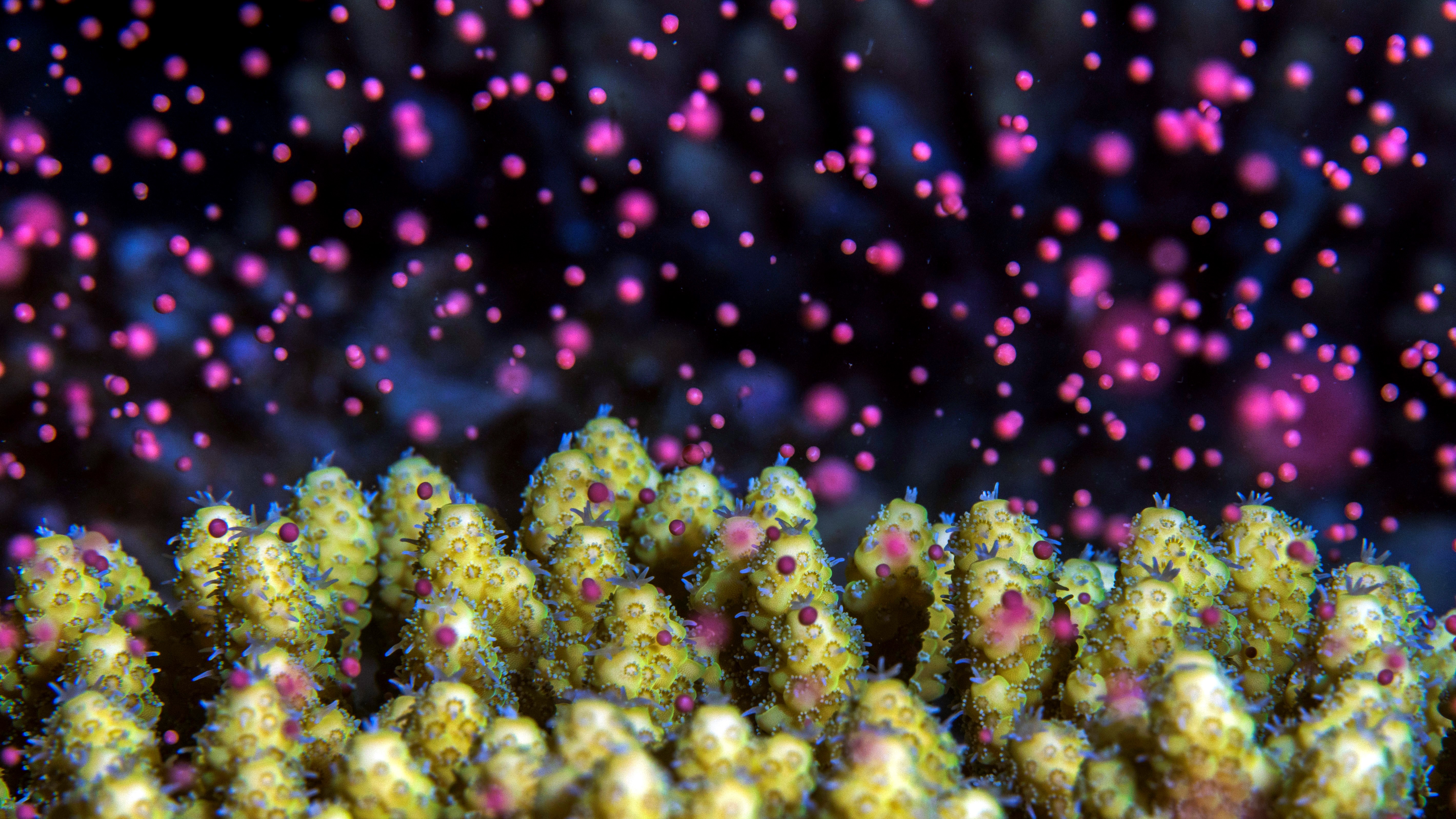
Coral spawning underwater is a tricky event to capture, as it happens only for a few minutes, at a certain hour on a single night of the year. Tom Shlesinger of Israel captured the rare moment when thousands of corals cast their egg-and-sperm bundles into the open water, resulting in an artistic composition of what looks like a balloon-filled night sky. The bundles are carried away by sea currents and mix so that the sperm fertilize the eggs in the water.
Nature photojournalism
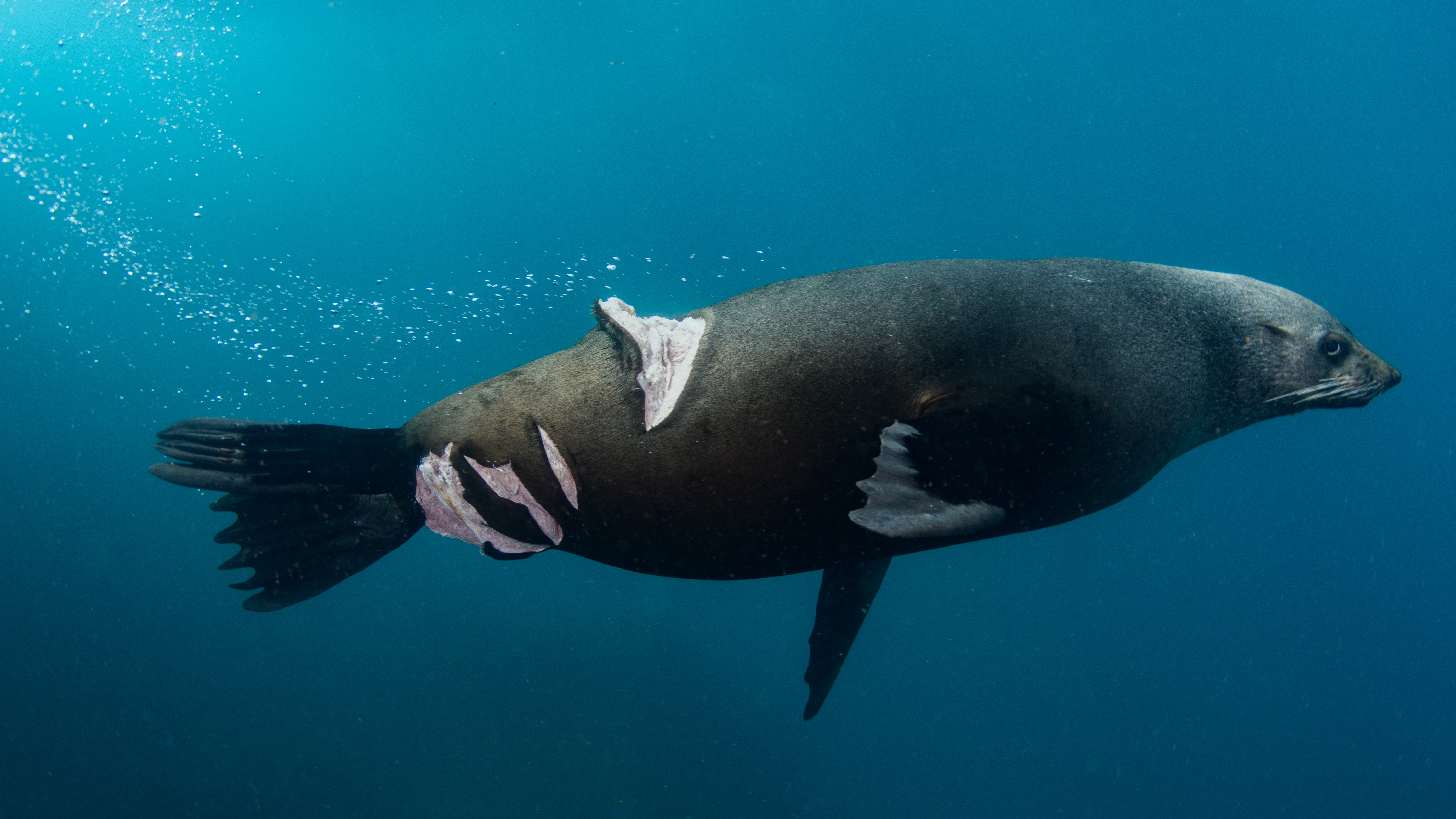
Nicolas Remy captured this heartbreaking photo of an Australian fur seal (Arctocephalus pusillus doriferus) with bad injuries caused by a boat propeller in Australia's Port Kembla. Marine mammals such as whales, seals and sea lions are frequently hit by boats of all sizes, often resulting in injury and, sometimes, death.
People and Nature
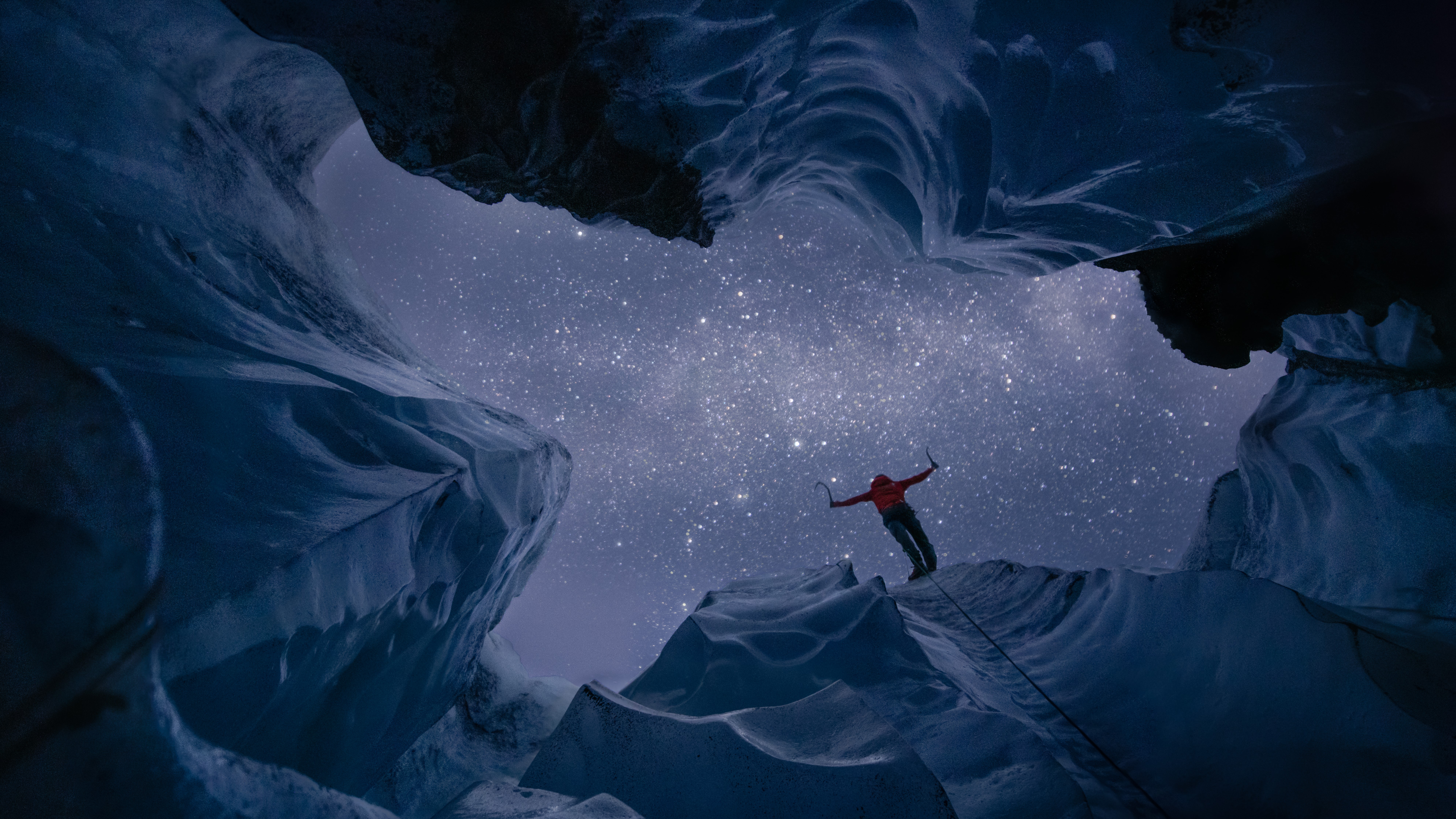
To take this photograph, Virgil Reglioni of Norway abseiled down into the depths of a glacier at night. "This is how it feels to be inside the glacier's guts," he told the WNPA. "Not many people would even dare to go in there, where it is deep, cold, loud and wet. And that is the whole purpose of this photograph; pushing your limits to capture what few people will ever experience at night. Abseiling down felt incredible, as the more we penetrated into this dark monster, the more the fear rises up. The setup was simply impressive, and I did feel amazing just being hanging into that moulin with about 30 meters [100 feet] of dark void under my feet and my hanging tripod in the air."
Planet Earth's landscapes and environments
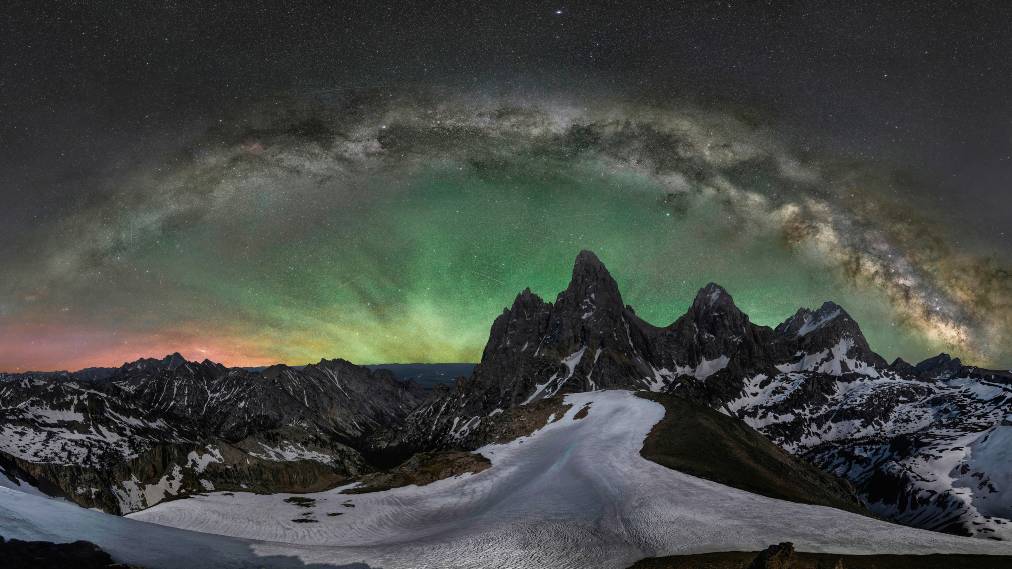
This panoramic shot of the Milky Way crowning Grand Teton was U.S. photographer Jake Mosher's reward for climbing to the top of Wyoming's Table Mountain on a clear spring night. Towering 13,775 feet (4,199 m) high, Grand Teton is the highest peak in the Teton Range.
"On June 17th, 2021, I hiked, snowshoed and climbed to the 11,000-foot [3,400 m] summit of Wyoming's Table Mountain to photograph the Milky Way over Grand Teton Peak," Mosher told the WNPA. "While these iconic mountains have been photographed tens of thousands of times, I wanted to show an entirely unique view of them. I was treated to one of the most spectacular displays of airglow that I've ever seen — similar to the aurora and created by photo-charged particles, but spanning much of the horizon."
Plants and fungi
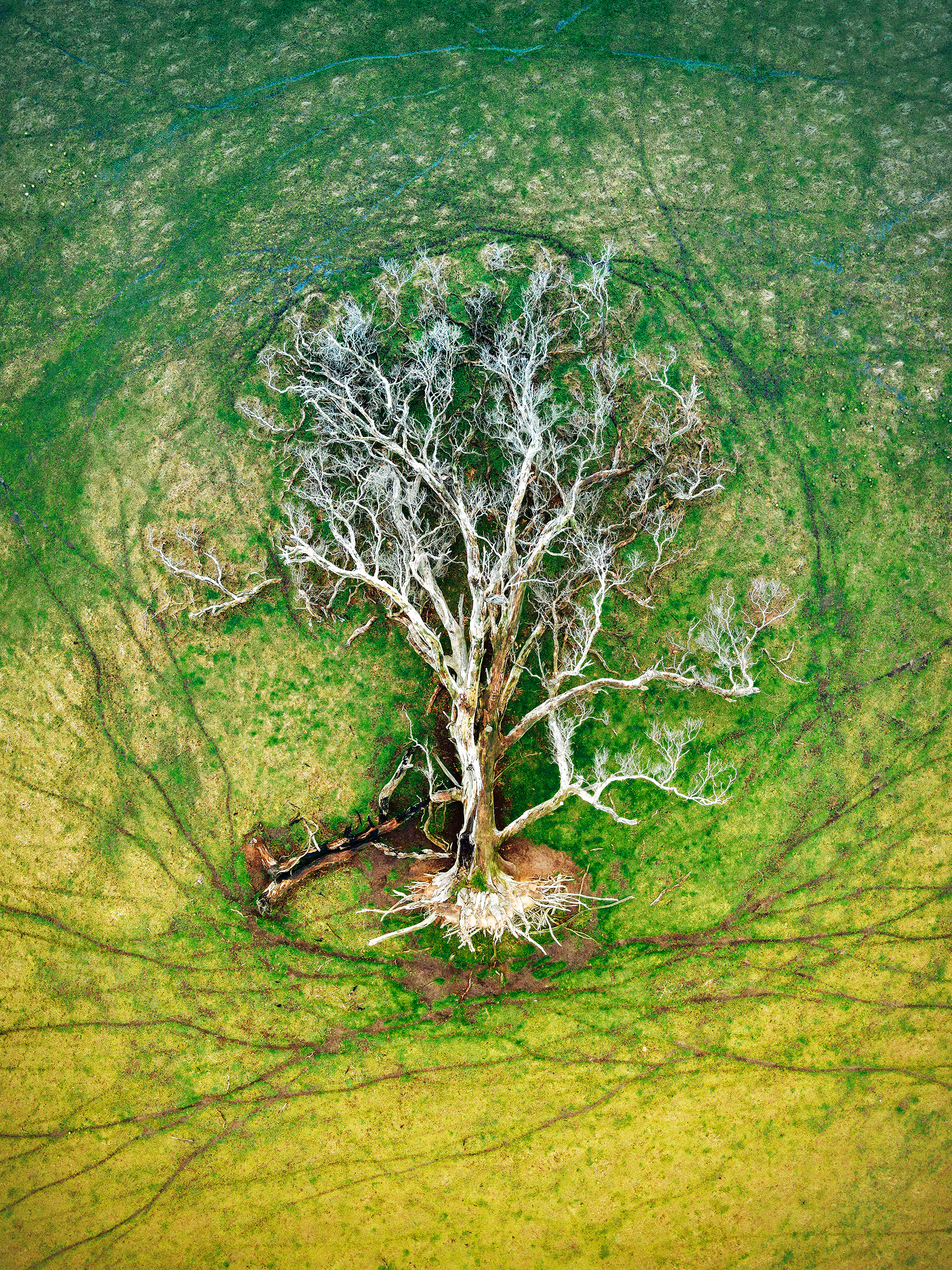
Julie Kenny of Australia captured sheep tracks surrounding a fallen tree in this evocative shot. "The tree is seen as a sacred symbol, which carries significant meanings in both religious and spiritual philosophies," Kenny told the WNPA. "From above, the surrounding sheep tracks combined with the fallen tree reminded me of the Tree of Life. While the aerial perspective focuses on the earth, you can see the pooled water in the sheep tracks reflecting hints of blue from the sky. While this represents many different things, for me it communicates the interconnection of all things, beginnings and endings, the cycling of life."
Underwater
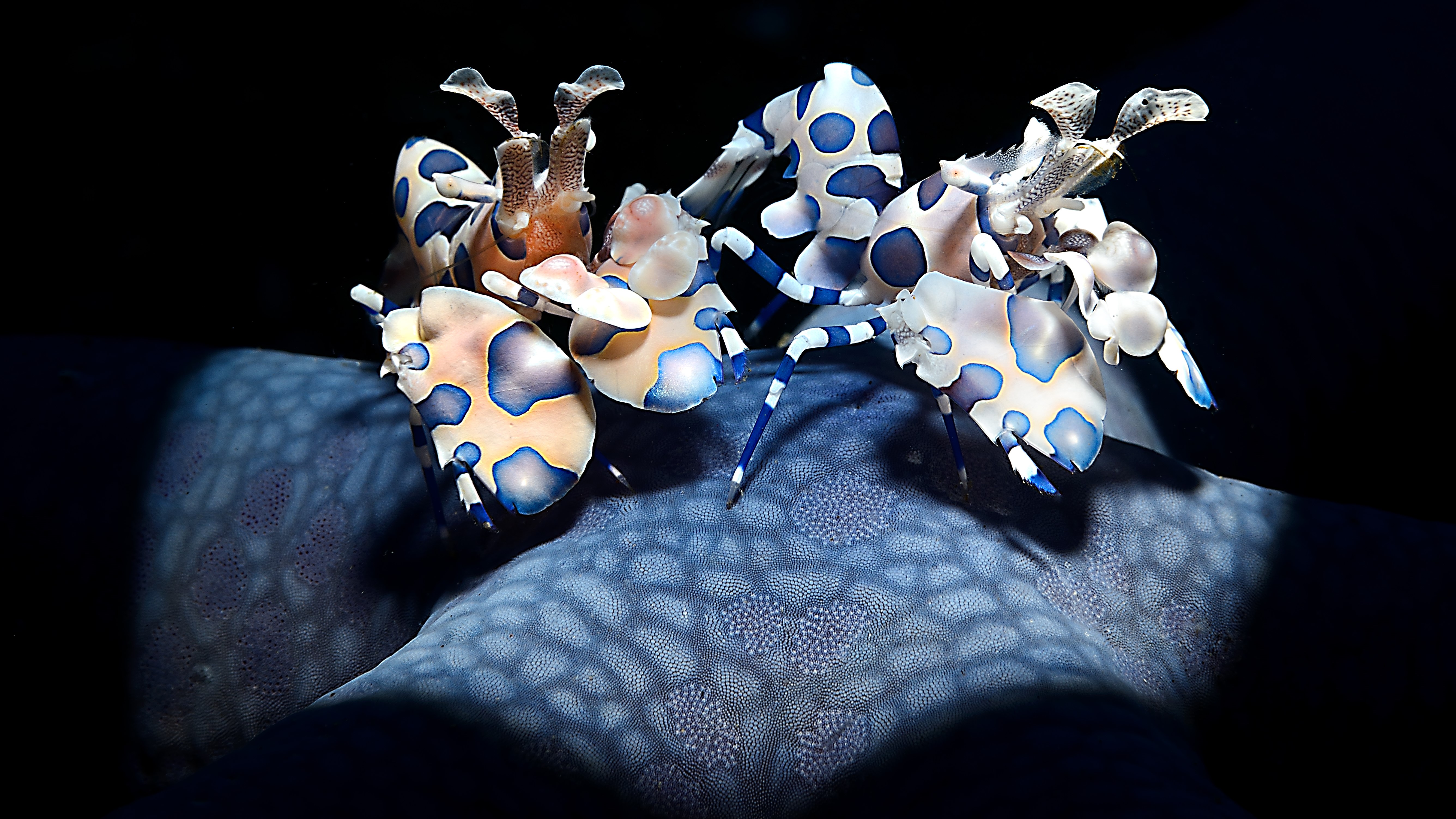
Positioning the camera to focus on a blue sea star (Linckia laevigata), Adriano Morettin of Italy photographed a couple of color-coordinated harlequin shrimps (Hymenocera picta) in Lembeh Strait in Indonesia. Female harlequin shrimps grow larger than males do — up to 2 inches (5 centimeters) long.
Urban Wildlife
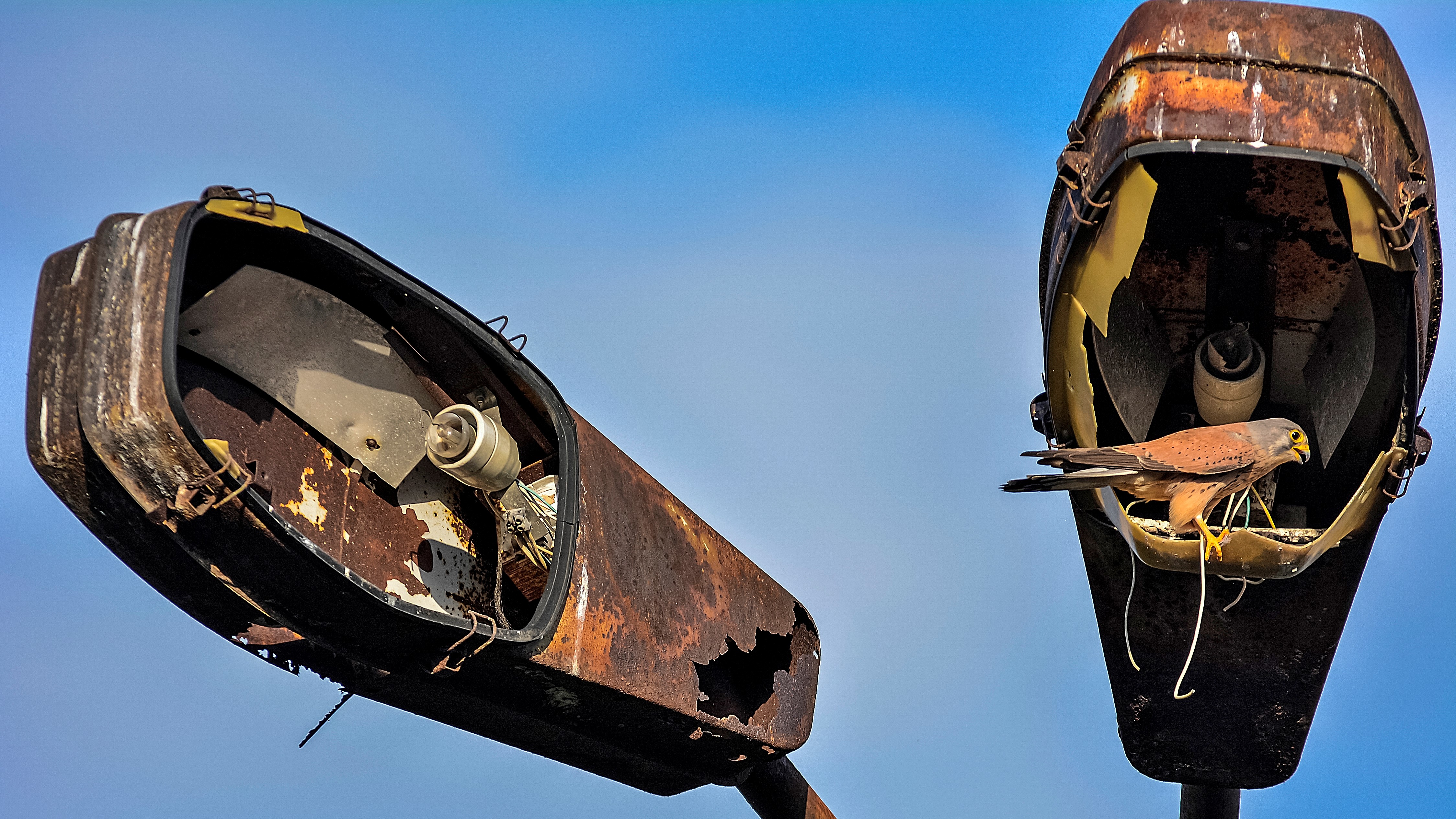
Vladislav Tasev of the United Kingdom spotted this male common kestrel (Falco tinnunculus) perching on the doorstep of its new street-lamp home in Stara Zagora, Bulgaria.
"I took the picture at sunset to see the rust, the lamps and the bird in natural light," Tasev told the WNPA. "The photo was taken in the town of Stara Zagora near the Thracian University, in an abandoned parking lot near a small forest."

Sascha is a U.K.-based staff writer at Live Science. She holds a bachelor’s degree in biology from the University of Southampton in England and a master’s degree in science communication from Imperial College London. Her work has appeared in The Guardian and the health website Zoe. Besides writing, she enjoys playing tennis, bread-making and browsing second-hand shops for hidden gems.









